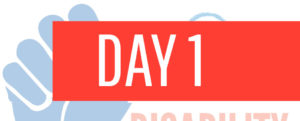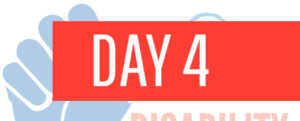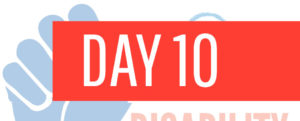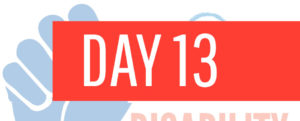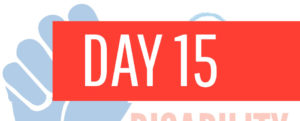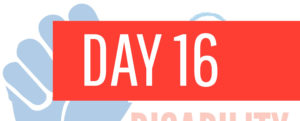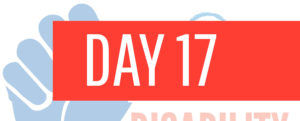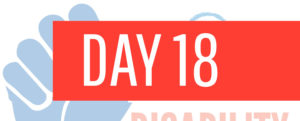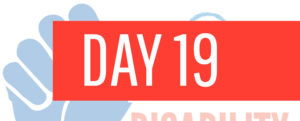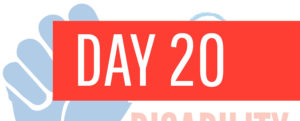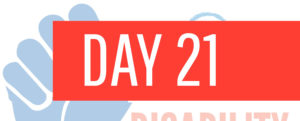Day 8: Accessibility: Physical and Programmatic
When people hear the word “accessibility,” they may think of braille on bathroom signs, accessible parking spaces, or ramps, but accessibility is much more than a handful of design elements. Accessibility means people with disabilities have equal access to places, programs, and services without being obstructed by physical or programmatic barriers.
When the Americans with Disabilities Act (ADA) was passed in 1990, it required state and local governments and businesses/organizations that are open to the public to complete readily achievable barrier removal and provide reasonable accommodations to make their programs, goods, and services accessible to people with disabilities. New construction and renovations were also mandated to be accessible for people with disabilities, yet more than 30 years later, much of our society remains inaccessible. In 2010, the Department of Justice finalized new guidelines for accessibility called the ADA Standards for Accessible Design; however, these minimum legal standards are not as inclusive as universal design. Universal design is the creation of environments that are accessible by all people regardless of their age, size, or disability.
Access barriers are not always physical; programmatic accessibility means an organization’s policies and practices do not create barriers to inclusion. Eliminating programmatic barriers, such as communication and sensory barriers, creates programmatic accessibility. The ADA requires covered entities to have effective communication with people with disabilities. Communication barriers include issues such as missing or inaccurate captioning, using technical jargon rather than plain language, websites that are inaccessible to screen reading software, and a lack of sign language interpretation. Some examples of sensory barriers are red/green color-coding of information which is inaccessible to most color-blind people, strobe lighting which is a common seizure trigger, failure to include audio descriptions of visual content for people who are blind, and the use of cleaning or personal care products that contain fragrances which can contribute to sensory overload or cause reactions such as migraines or anaphylaxis.
People can develop accessible spaces and events by using universal design principles and involving people with disabilities in the planning process. This link provides a useful guide on hosting accessible events.

Read
- Why Is Accessibility Still A Problem? What Can We Do About It? (Includes audio narration)
https://www.forbes.com/sites/andrewpulrang/2019/11/21/why-is-accessibility-still-a-problem-what-can-we-do-about-it - Accessible Online Job Recruitment Must Be a Priority, Now and Always
https://rootedinrights.org/accessible-online-job-recruitment-must-be-a-priority-now-and-always/

Watch
- The 7 Principles of Universal Design | Ed Roberts Campus (5:51) https://youtu.be/G-tHuD7R8cs
Discussion
- What are some of the benefits of hiring a person with a disability?
- Why do you think the employment rates of people with disabilities are so low?
- Does your organization have a policy in place for employees to disclose a disability? If so, do you know the policy and when it was last reviewed? If not, how can you help get a policy in place?

